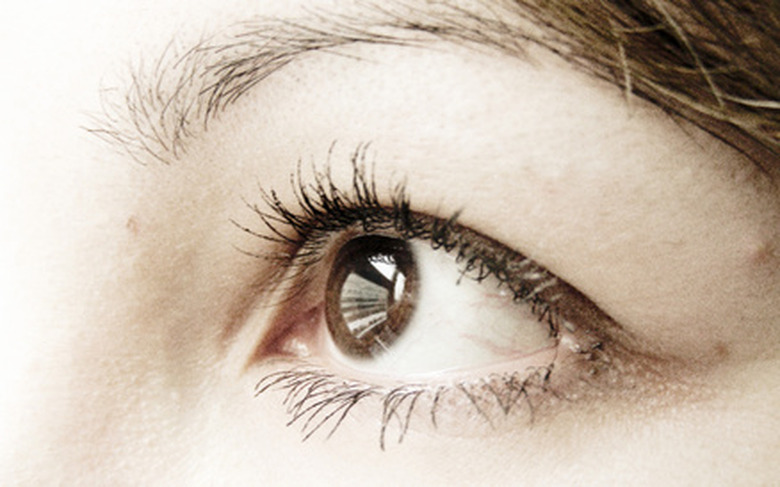The Uses Of The Eye
Eyes are complex body organs that equip animals, human beings, insects and a host of other creatures with the ability to see the world around them. Vision, which is perceived by the eyes and deciphered by the brain, involves light rays that enter through the cornea after deflecting from objects. The brain accepts and translates the light signals received by the eye and projects an image of the object in sight. Simply put, the concept of sight involves three basic steps: reception of light, its interpretation by the brain and eventually the projection of stimuli in the form of an image.
Sense of Sight
Sense of Sight
One of the most important physical senses, and uses of the eye, is sight. The process of sight is complex and is auto initiated every time rays of light enter the eyes, making it possible to get acquainted with objects in the environment without having to make physical contact. Other primary sense, such as touch, taste and smell, are directly and indirectly dependent on sight. For instance, the brain evaluates the temperature of a metal even before it is touched by deciphering its color. Hot metals typically give off a reddish-hue, which is appropriately deciphered by the brain as a warning signal even before physical contact is made. Similarly, the brain forms an instant evaluation of edibles, based on their color and representation, even before the taste buds come into play.
Improves Brain Focus
Improves Brain Focus
The eyes are fundamental to a unique technique that has proved elementary in treating anxiety and other psychological disorders. When someone experiences a traumatic incident (illness, war or an accident), its impact remains embedded in their neurology, or brain map. Traumatic episodes remain physically segregated at a neural level from other memories, which makes them harder to treat, as there is no way to access the information. Eyes have the ability to provide a bridge to those inaccessible neural areas through integration. EMI or "eye movement integration," is an exercise that provides a link between various types of cognitive information. This exercise requires a person to trace a cross pattern with the eye, which is made in mid-air with a finger. This lets the brain focus its memories and decrease fragmentation. This technique has been reported to be most effective in treating anxiety, depression and anger tantrums.
Storage and Transference of Information
Storage and Transference of Information
Eyes are used to understand the surroundings. Much of the information stored in the brain is in the form of memory tags of visual images. Events are interpreted in the form of visual effects and their associated memories are stored in the brain. Information about culture and heritage are stored in the same way and transmitted through generations. Eyes, therefore, are a channel of communication and a transmission of information, through which human beings understand about each other and learn about their environments.
References
- "Medical Terminology for Health Professions;" Ann Ehrlich, Carol L. Schroeder; 2004
Cite This Article
MLA
, Natasha Gilani. "The Uses Of The Eye" sciencing.com, https://www.sciencing.com/uses-eye-6883352/. 22 November 2019.
APA
, Natasha Gilani. (2019, November 22). The Uses Of The Eye. sciencing.com. Retrieved from https://www.sciencing.com/uses-eye-6883352/
Chicago
, Natasha Gilani. The Uses Of The Eye last modified March 24, 2022. https://www.sciencing.com/uses-eye-6883352/
